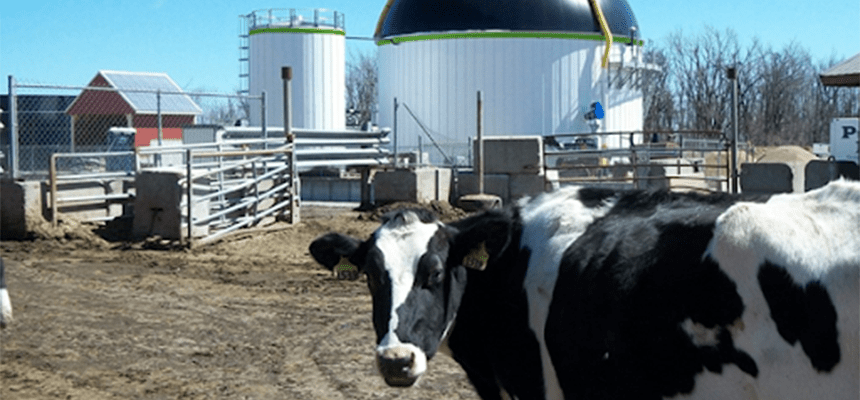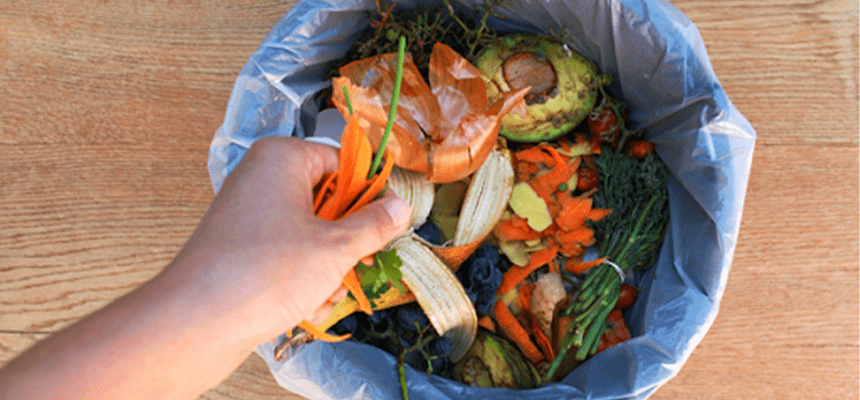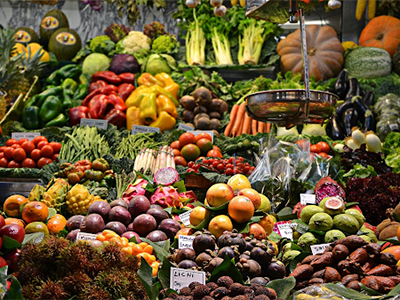As time goes on, we run into new problems that arise from old practices. We are learning every day that many of the old practices we participate in are now out-of-date and are leading to a global catastrophe. The release of greenhouse gasses (GHGs) is causing our climate to gradually heat up creating the hottest summers and average temperatures of all time.
We must begin to evaluate practices that emit large amounts of GHGs into the environment to combat this issue. Currently, the EPA defines the largest cause of methane (CH4) emittance into the atmosphere to be agricultural. It is up to us to look at a new way of evolving by developing new technology and practices that eliminate or lessen the effects of GHGs.
The Case Study: Fair Oaks Dairy Farm
In the year 2017, a case study was performed at Fair Oaks Dairy Farm in Fair Oaks Indiana to test the ability of Anaerobic Digesters running on cow manure. The study looked at the production and usability of renewable compressed natural gas or R-CNG and evaluated how the products of biogas and other bi-products could be used in an agricultural setting.
Anaerobic Digestion (AD)
Anaerobic Digestion is a process where organic materials such as food, agricultural and industrial wastes are fed into a steel canister. The bi-product produced are immensely useful in the agricultural business. The biogas that is formed is cleaned to form R-CNG. The fleets of vehicles of Fair Oaks Dairy Farm saved on fuel costs, operated with less noise, and reduced the amounts of greenhouse gas (GHG) released into the atmosphere. The other bi-products such as digestate, fertilizers, and solids can be utilized as well by farmers. They are nutrient-rich and can be used as an organic fertilizer, integrated into the soil for plants and crops, and added to animal bedding. The farm consists of 36,000 cows that produce up to 53 loads of milk daily and 90 million gallons a year. The cow’s manure was collected three times a day to feed the anaerobic digesters. The first was a smaller one, installed in 2008 and the second larger one was installed in 2011. The smaller of the two being able to digest manure from 10,500 cows.
The use of these digesters allowed Fair Oaks to cut down on GHG emissions by more than 43% since they generated their renewable electricity, therefore, reducing their carbon footprint. The use of natural gas in their vehicles allowed for the fleet to go without filters or other emission controls and lowered health impacts commonly caused by petroleum-based fuels.
Leading by Example
Over the past few years, Galli Engineering has been working towards facilitating a similar project in Kingbury, Indiana. The plan is to use anaerobic digesters to divert food waste from landfills and incinerators into an AD to create R-CNG. The project plans to use the Rapid Transformation of Organic Residues (RAPTOR) process to convert food waste, energy crops, or agricultural residues into valuable electricity. To reduce particle size a special shredder will be installed.
The location of the facility is optimal because of its potential to process 200-400+ tons of food waste per day. The rural area of LaPorte county is off of major roadways and will easily facilitate transportation to and from the facility.
An AD needs to be located in an area where there would be ample amounts of food waste available to feed the digester. That is why Galli Engineering does not want to stop there. Based on EPA findings, it is estimated that 40% of all food produced in the U.S. is wasted. This includes food that has spoiled before it could be used, plate leftovers that are disposed into the trash, and scraps from cooking. Burning organic materials like food in incinerators causes methane to be released into the air.
How to Track Food Waste
One way to continue the growth of AD is to study the areas that produced the most food waste and pair that with the best land to create an AD. The EPA has created an excess food map to track the amount of food wasted throughout the U.S. It is pretty self-explanatory that the largest clusters of food wastes exist in areas with the areas of the country that have the highest populations. Even though it is necessary to limit food waste everywhere, the best locations tend to be in rural areas that have access to larger cities to get the right amount of fuel to feed the digester.
Assessing wasted food is a great step towards moving forward into the future. It is the first step to putting U.S. dollars to use wisely.
The benefits are large enough to consider a significant change in the ways we currently operate.
- Saving money by limiting the over-purchasing of foods in grocery stores
- Reducing the carbon footprint of food waste
- Support in the elimination of nation-wide hunger
Galli Engineering knows and tackles the problems of today and looks to overcome these issues with new and innovative technology. They will not stop when it comes to protecting our environment and creating new and better solutions. To learn more about what Galli Engineering is working on, visit their website and new blog page.









